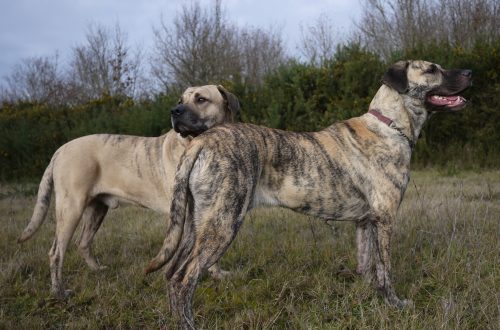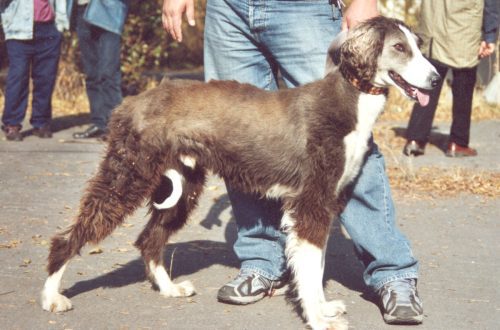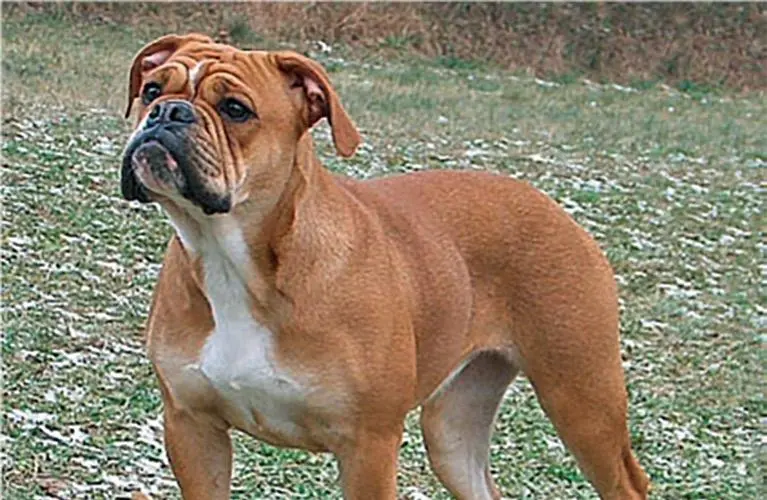
Continental Bulldog
Contents
Characteristics of Continental Bulldog
| Country of origin | Switzerland |
| The size | Average |
| Growth | 40-46 cm |
| Weight | 22–30 kg |
| Age | up to 15 years |
| FCI breed group | Not recognized |
Brief information
- Sociable, cheerful and friendly;
- Calm and balanced;
- A young breed that appeared in 2002.
Character
The second half of the 20th century marked the beginning of a responsible attitude of man towards animals. Many European countries have passed laws aimed at securing the rights of animals to a healthy, comfortable and happy life. Switzerland was no exception and already in the 1970s it declared by law that animals are not things. Subsequently, this set of laws (Animal Welfare Act) was deepened and expanded. It has a whole section devoted to genetic modification. Article 10 states that breeding (including experimental breeding) must not cause pain to either parent animals or their offspring. It should not cause harm to health and cause any behavioral disorders.
This could not but affect the tradition of breeding dogs in Switzerland. In 2002, Imelda Angern made the first attempt to improve the health of the English Bulldog by crossing it with an Old English Bulldog recreated in the USA (by the way, also not recognized by the FCI ). The result was puppies that looked like an English Bulldog, but had the size and health of an Old English Bulldog. He was called the Continental Bulldog.
Unlike the English Bulldog, the Continental is less likely to suffer from problems with the respiratory and cardiovascular systems. Although in general it is still too early to talk about the health of dogs of this breed due to its small age. But it is already obvious that due to the different structure of the muzzle, the continental bulldog is less likely to overheat than its English counterpart, it has less pronounced salivation, and a small number of folds reduces the risk of discomfort and the development of skin infections.
Behaviour
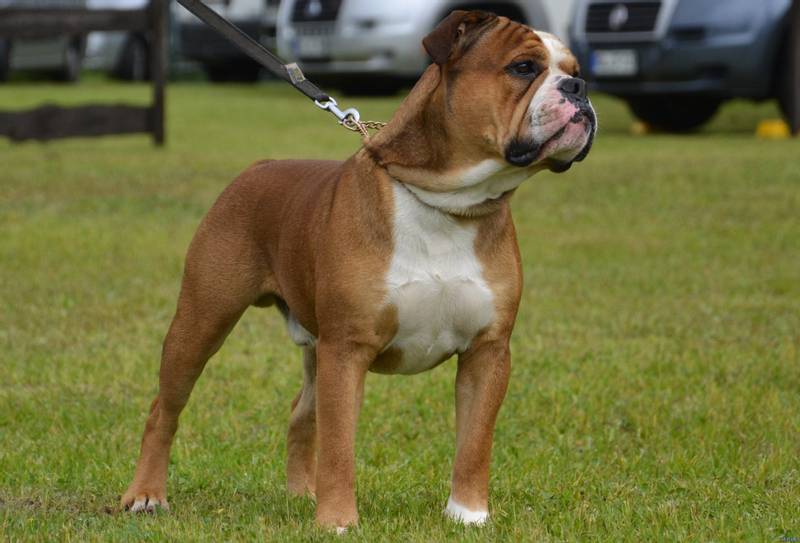

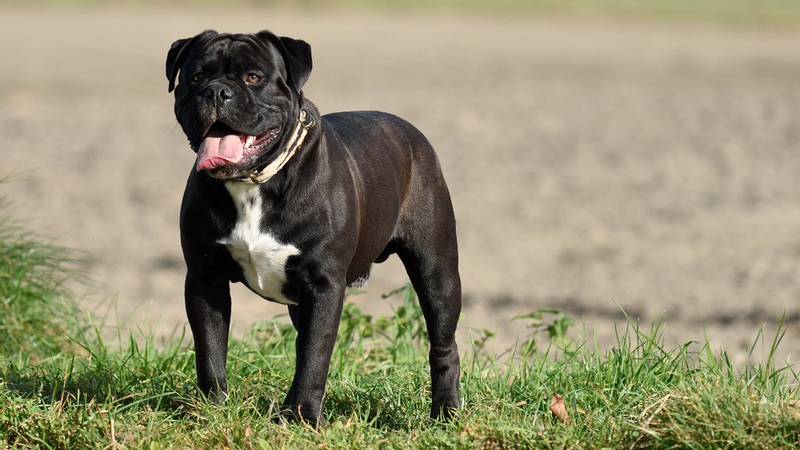
The character of the Continental Bulldog is similar to its related breeds. He cannot live without communication, games, constant attention to his person. If he is left alone even for a few hours, he will not only get bored, but become discouraged. So this breed is definitely not suitable for busy people who do not have the opportunity to spend all their time with a dog. But for those who can take a bulldog for walks with friends, to work, on business trips and travels, he will become an excellent companion. Despite their love of love, with enough attention, these dogs are quite calm. The Continental Bulldog can lie at his feet and humbly wait for the owner to play with him. This breed will also get along in a family with children and homebodies.
It is better to start training this bulldog from puppyhood – he is in no hurry to memorize commands, but he does what he has learned with pleasure. With other pets, the continental bulldog will always be able to find a common language.
Care
The coat of this breed is thick and short. It must be wiped from dirt with a damp towel at least twice a month. Ears and muzzle folds should be cleaned constantly to avoid the development of inflammation and itching. Like other dogs, Continental dogs need regular brushing and trimming of their nails as they grow (on average once every two months). During seasonal molting, dead hairs are easily removed with a special brush.
Conditions of detention
The Continental Bulldog can live in an apartment – the main thing is that it should not be crowded in it. He does not require serious physical exertion, but he will be infinitely happy for a long and interesting walk.
Continental Bulldog – Video



